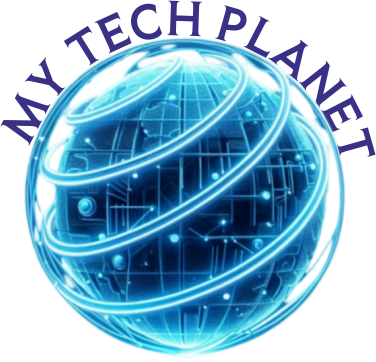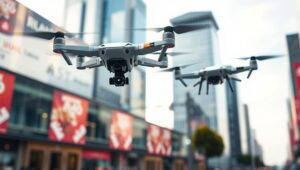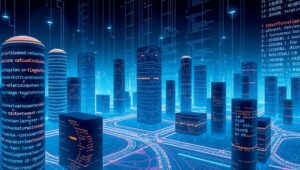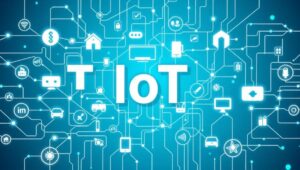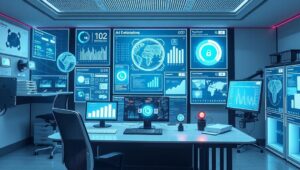May 22, 2025
The Future of Drones: Smaller, Smarter, and More Versatile (2025)
The Future of Drones: Smaller, Smarter, and More Versatile (2025) Drones have rapidly evolved from bulky, expensive gadgets to sophisticated tools with diverse applications. As we approach 2025, the trends point towards drones becoming smaller, smarter, and significantly more versatile. This article explores the key advancements and potential impacts of these developments. Miniaturization: The Rise of Pocket Drones One of the most notable trends is the shrinking size of drones. Technological advancements in battery technology, sensor miniaturization, and efficient motor design have paved the way for pocket-sized drones. These compact drones offer enhanced portability and ease of use, making them
